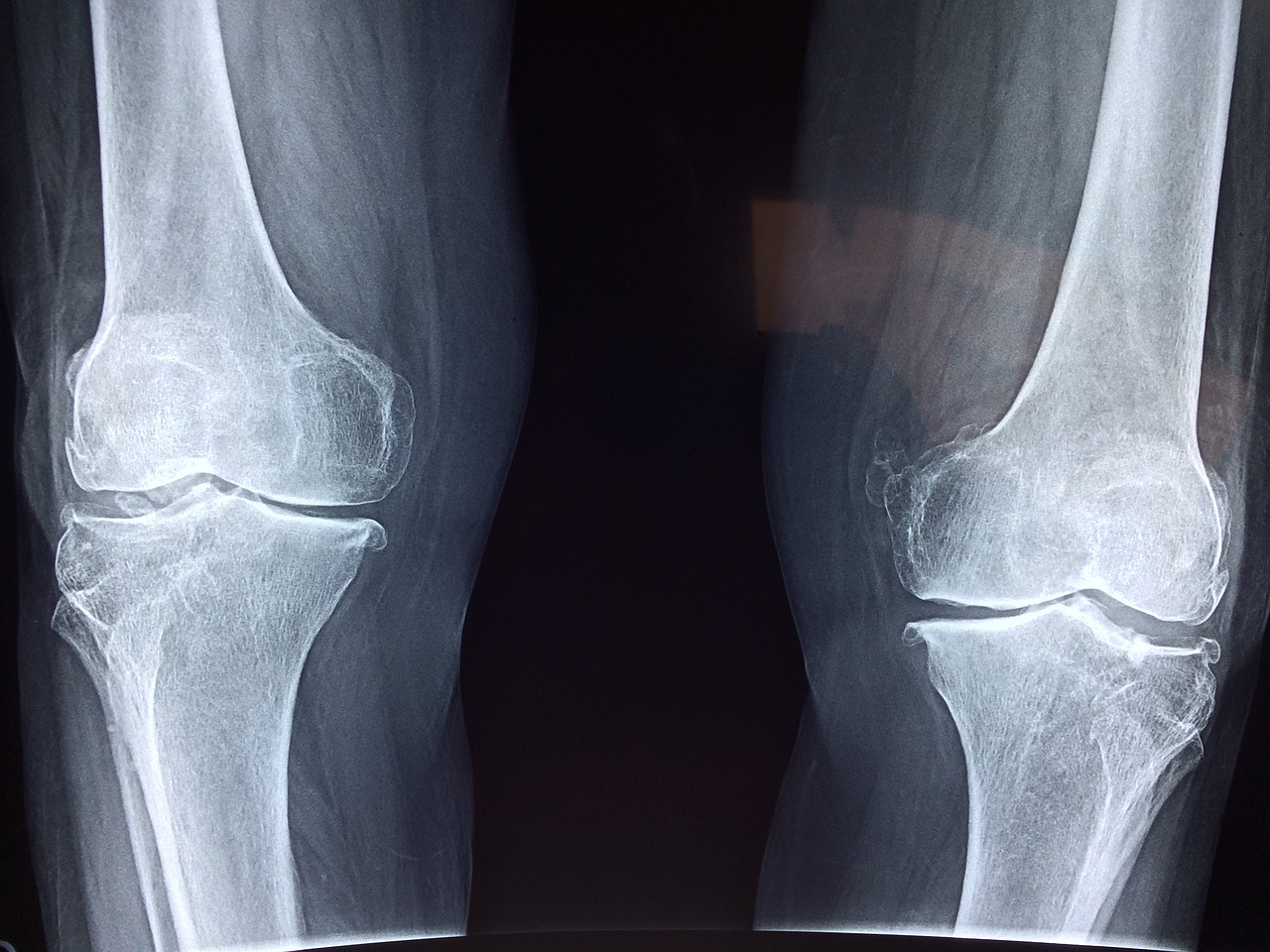Article Title:Life history plasticity in a damselfly: Effects of combined time and biotic constraints
Abstract:
Optimal values for life history traits are expected to depend upon. environmental conditions during development and the period within which development is constrained (e.g., biotic factors and time constraints, respectively). Theory predicts that life history responses to both biotic factors and time constraints may be both direct and behaviorally mediated. Few experimental studies of life histories have considered the joint effects of biotic factors and time constraints, and fewer still have been able to disentangle direct from behaviorally mediated effects. We studied such interactions by manipulating the perceived time to the onset of winter, predation risk. and food resources level in larvae of the damselfly Lestes sponsa. In the first experiment (predation x time constraint), the presence of a predator caused an overall reduction in foraging activity, development rate, and mass at emergence. However. larvae that had less time available before the end of the season, increased foraging activity and development rate, while mass at emergence decreased. These results suggest that the observed changes in life history characters were behaviorally mediated in the presence of predators. In contrast, life history responses of time-constrained larvae occurred independently of the behavioral changes and, therefore, were direct. In the second experiment (food level x time constraint) larvae under high food levels had a higher foraging activity, increased development rate, and higher growth rates, compared to low food-level treatments, Time-cons trained larvae accelerated development and had a smaller mass at emergence at high food levels than larvae that were not time constrained. In contrast, and opposite to predictions, time-constrained larvae at low food levels had the slowest development rate and the largest mass at emergence. We suggest that larvae in the latter group were aiming to delay emergence to the next season (cohort splitting). Our results suggest that both behaviorally mediated and direct responses to biotic factors and time constraints are a feature of the life history of this damselfly.
Keywords: damselflies; development; food resource; growth rate; Lestes sponsa; life history; mass at metamorphosis; phenotypic plasticity; predation risk; time constraints; trade-offs
DOI: 10.1890/0012-9658(2001)082[1857:LHPIAD]2.0.CO;2
Source:ECOLOGY
Welcome to correct the error, please contact email: humanisticspider@gmail.com



